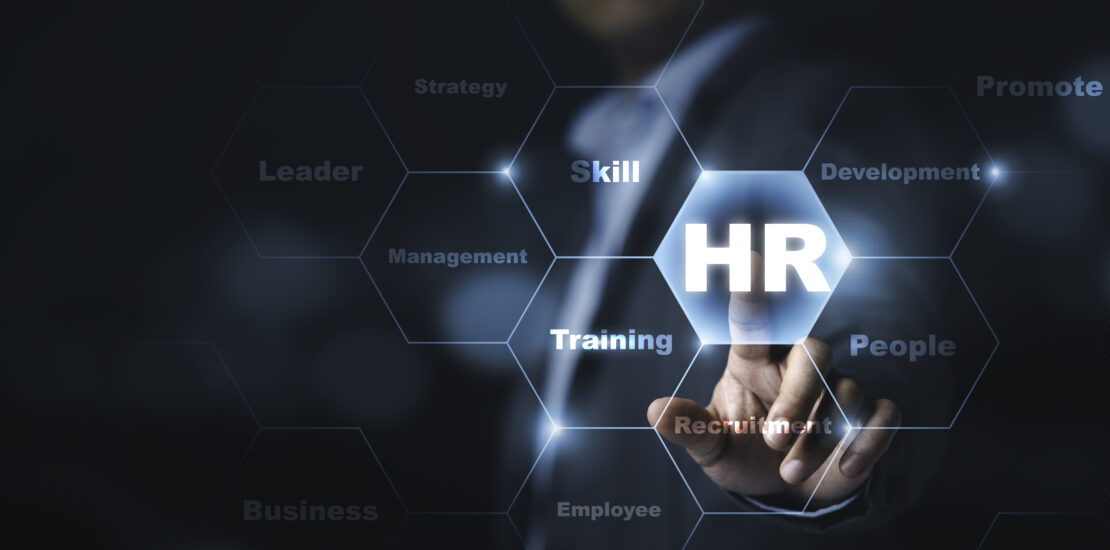- May 6, 2024
- Posted by: admin
- Category: Uncategorized

By CHRP Shirley Omari
“How can we decrease the workload with our systems?” This was the first question I posed during my initial attachment role at the age of 19. Having previously served as an academic leader in high school, I seized the opportunity to intern at the college facility while awaiting my campus intake as part of an extension program for my leadership position.
In those early days, discussions surrounding artificial intelligence (AI) and automation were more theoretical than practical. However, my intrinsic motivation was clear: I sought to efficiently complete tasks, infuse enjoyment into work, and ultimately, contribute to the greater good.
Believe it or not, my first question in my second role was, “How do we automate these processes?” That is when my first breakthrough came when I proposed automating HR processes, particularly focusing on streamlining recruiting procedures. As I spearheaded the automation of HR processes, including the digitization of files spanning over a decade, I witnessed firsthand the transformative power of technology in enhancing operational efficiency and introducing a business partnership aspect to the HR function.
This pivotal experience propelled me into a multinational job where AI integration was on the rise. My role revolved around ensuring that Kenya kept pace with the advancements in automation. Through active involvement in automating onboarding processes across multiple countries, the efficacy of AI in expediting HR procedures became evident and resulted in motivating metrics in successful placements!
As I delved deeper into AI integration, I realized its potential to revolutionize talent acquisition. Leveraging AI for sourcing talent not only saved time and resources but also ensured alignment with organizational culture and objectives. This firsthand experience solidified my belief in the transformative impact of AI integration in HR practices.
Here are a few invaluable pointers that I’ve discovered through my experience and have consistently yielded successful outcomes when automating HR processes or implementing systems, regardless of the industry:
Understand Company Goals and Culture: Begin by comprehensively understanding the company’s goals and culture. This insight will inform the development of an HR strategy aligned with long-term organizational objectives. By integrating AI capabilities into the HR strategy, companies can anticipate future workforce needs, optimize talent management practices, and drive strategic decision-making.
Implement an Adaptable System Aligned with Culture: Select an AI-powered automation system that aligns with the company’s culture and values. Ensure that the platform is adaptable, user-friendly, and capable of integrating AI functionalities seamlessly. From AI-driven recruitment and onboarding processes to personalized learning and development initiatives, prioritize solutions that enhance employee experience while driving operational efficiency.
Utilize AI for Predictive Analytics and Insights: Leverage AI-driven predictive analytics to anticipate workforce trends, identify talent gaps, and forecast future staffing needs. By analysing large volumes of data, AI algorithms can provide actionable insights to inform strategic workforce planning, succession management, and talent retention strategies. Integrate AI-powered analytics tools into the HR ecosystem to unlock actionable insights and drive data-driven decision-making.
Automate Repetitive Tasks with AI-Powered Solutions: Automate repetitive and time-consuming HR tasks using AI-powered solutions. From resume screening and candidate matching to scheduling interviews and employee performance evaluations, leverage AI algorithms to streamline workflows and reduce administrative burden. By automating mundane tasks, HR professionals can focus on strategic initiatives that add value to the organization and enhance employee engagement.
Ensure Ethical AI Practices and Data Privacy: Prioritize ethical AI practices and data privacy throughout the automation process. Ensure that AI algorithms are transparent, fair, and free from bias, particularly in recruitment and performance evaluation processes. Implement robust data governance frameworks to protect employee privacy, comply with regulatory requirements, and mitigate potential risks associated with AI-driven decision-making & this of course comes from the organization doing its due diligence on the system they would like to implement.
In conclusion, my journey in HR automation and AI integration has been guided by a steadfast belief in the power of technology to redefine traditional practices. From the initial seeds of curiosity to advocating for widespread adoption, I remain committed to driving innovation and efficiency in HR practices across industries and would advocate for the above gems in any AI integration initiative.
Shirley Omari is an award-winning HR professional with nine years of experience in C-suite level talent acquisition, HR management and full-cycle recruitment.
